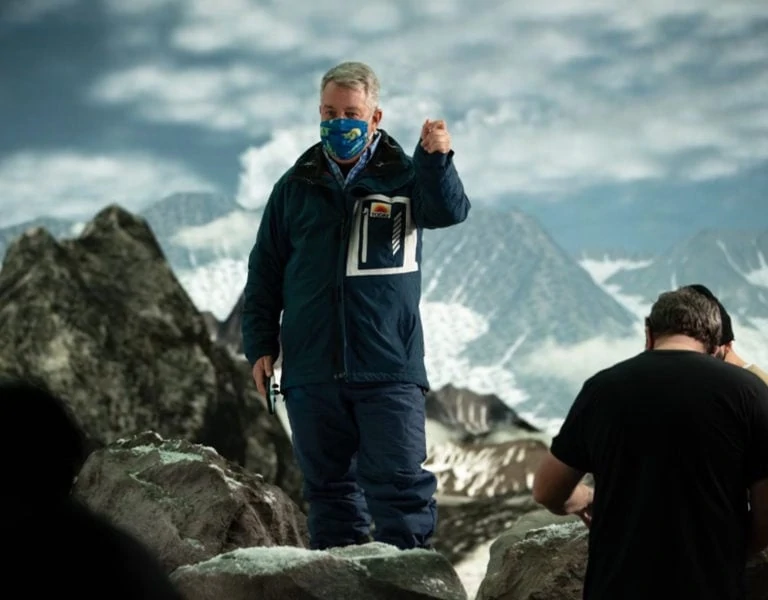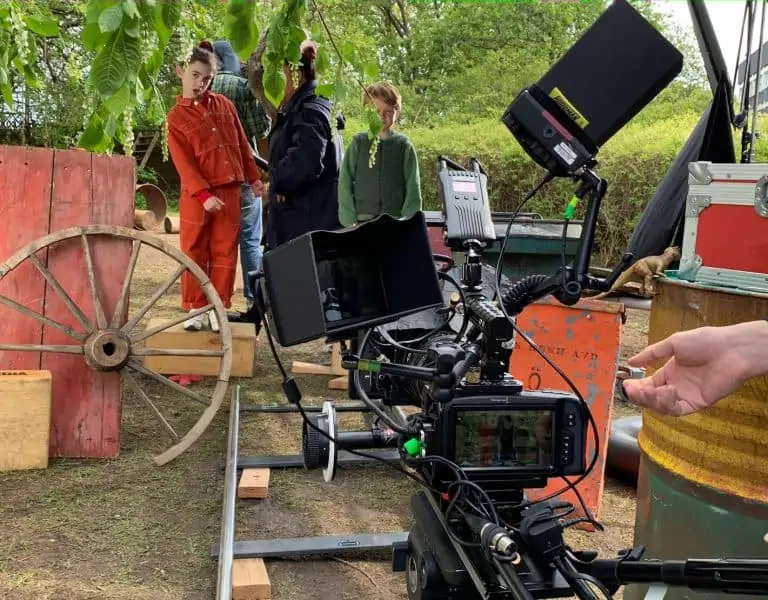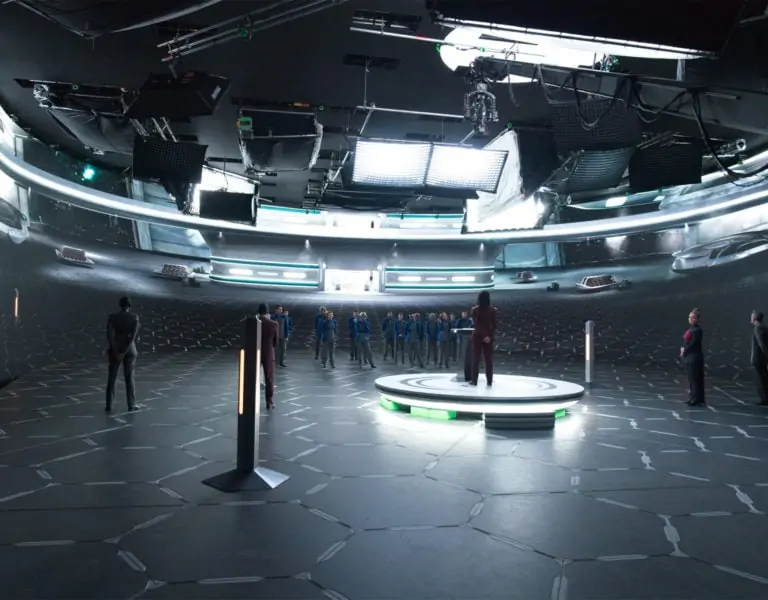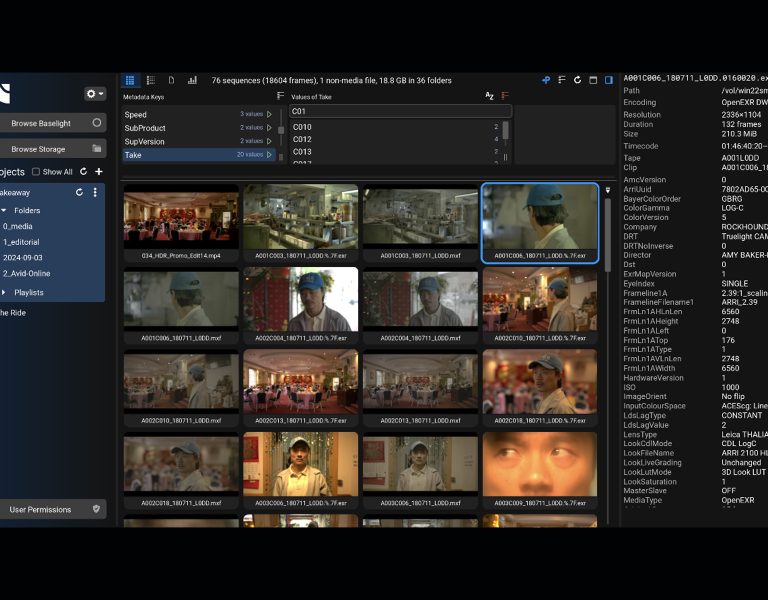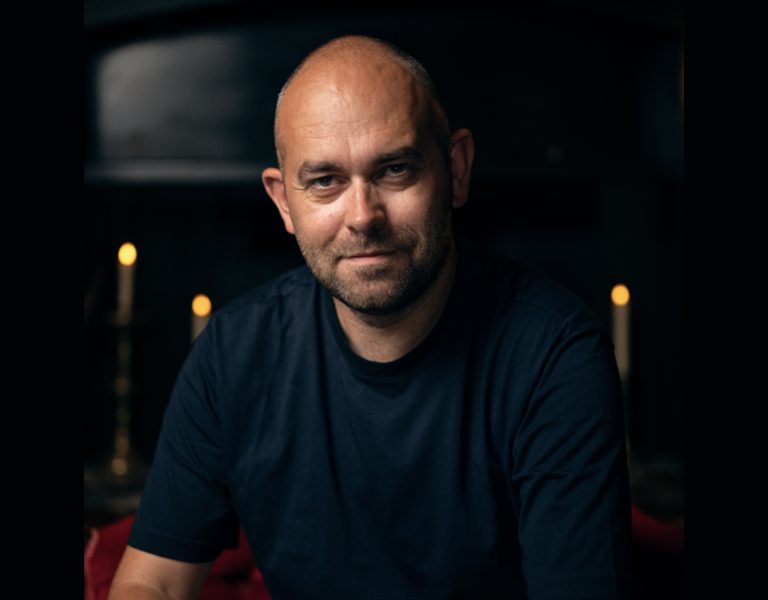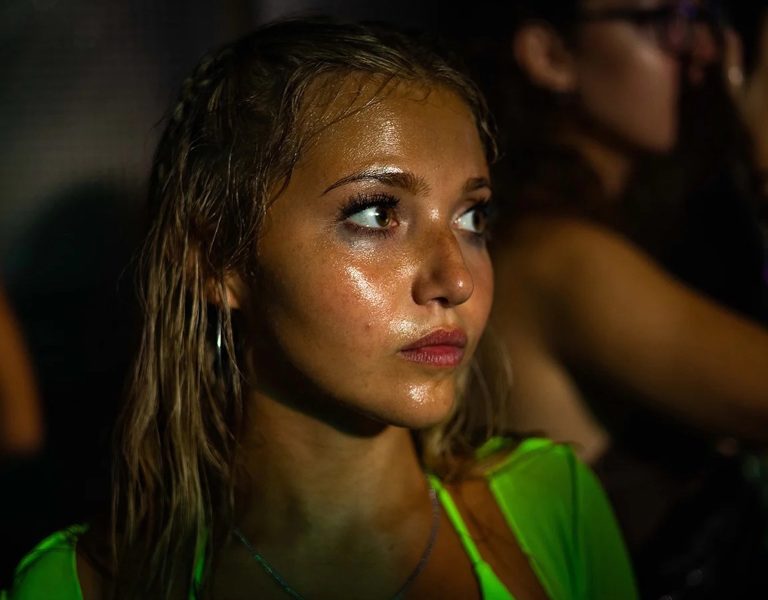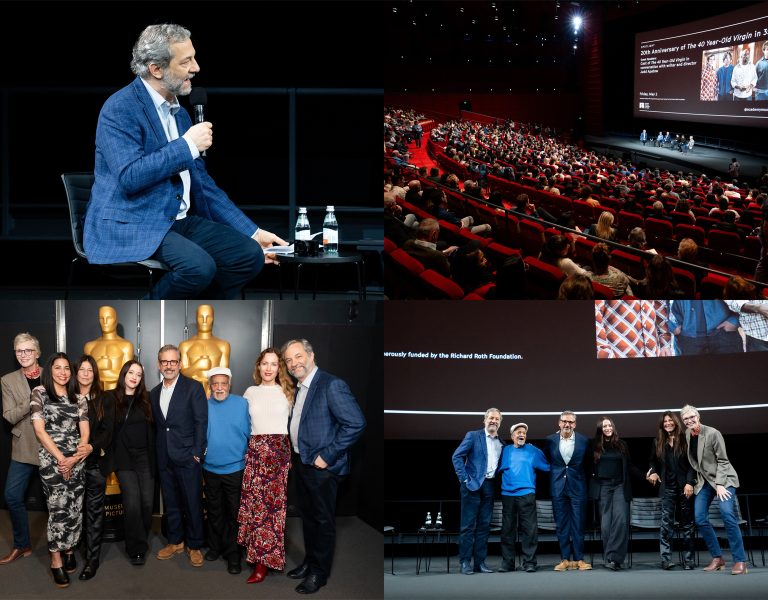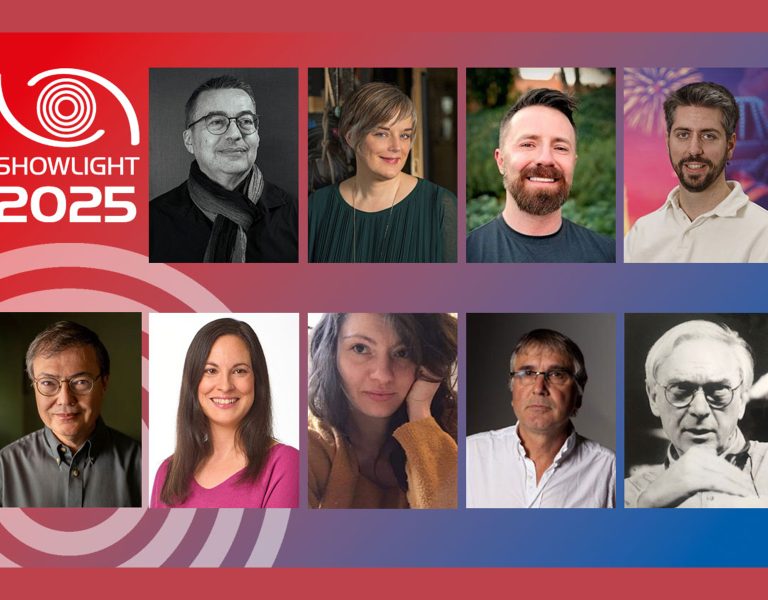
VFX supervisor, Matt Kasmir and executive producer, Greg Baxter, enlisted NVIZ and their virtual camera system, ARENA, to help in the planning of the space walk and Maya’s subsequent death on George Clooney’s Oscar nominated film, The Midnight Sky.
Led by head of visualisation, Janek Lender, the team at NVIZ initially helped to visualise Maya’s death which takes place in the confined spac eof the Aether (spaceship) airlock. Working with production designer, Jim Bissell, the team used Art Department plans and created a digital airlock environment. Once this was approved, the animation blocking for Maya’s death could begin. DP Martin Ruhe and Lender created a ‘master animation’ for Maya’s death.
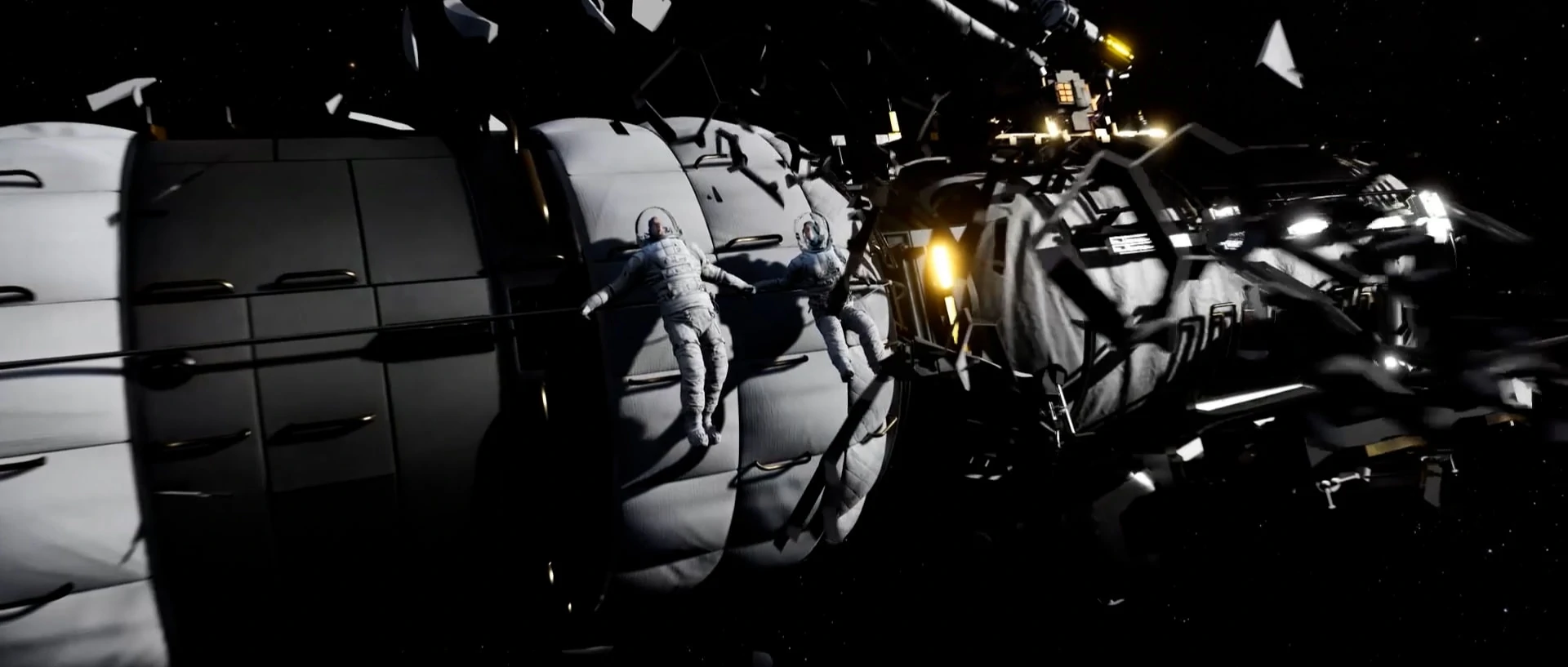
Once Ruhe was happy with the blocking, the animation was transferred to Epic’s Unreal Engine and the controls fully handed over to Clooney and Ruhe. “George and Martin were intrigued by not only ‘shooting’ the pre-vis through a virtual camera system, but also using this method to develop the sequences during both pre-production and principal photography” said visual effects supervisor, Matt Kasmir.
NVIZ’s virtual camera system, ARENA, was set up in the Orangery in Shepperton Studios for the first virtual cinematography session. “ARENA works like a ‘director’s viewfinder’ allowing directors and DPs to lens their shots ahead of principal photography”, said Lender, “the full set-up is very light and consists of a PC and a tablet. On The Midnight Sky, Martin [Ruhe] would move around the physical space of the Orangery viewing the animation we had created through the ARENA tablet. We integrated Martin’s preferred set of lenses and both shooting camera bodies into the system so that the sessions were as close to a technical rehearsal as possible.”
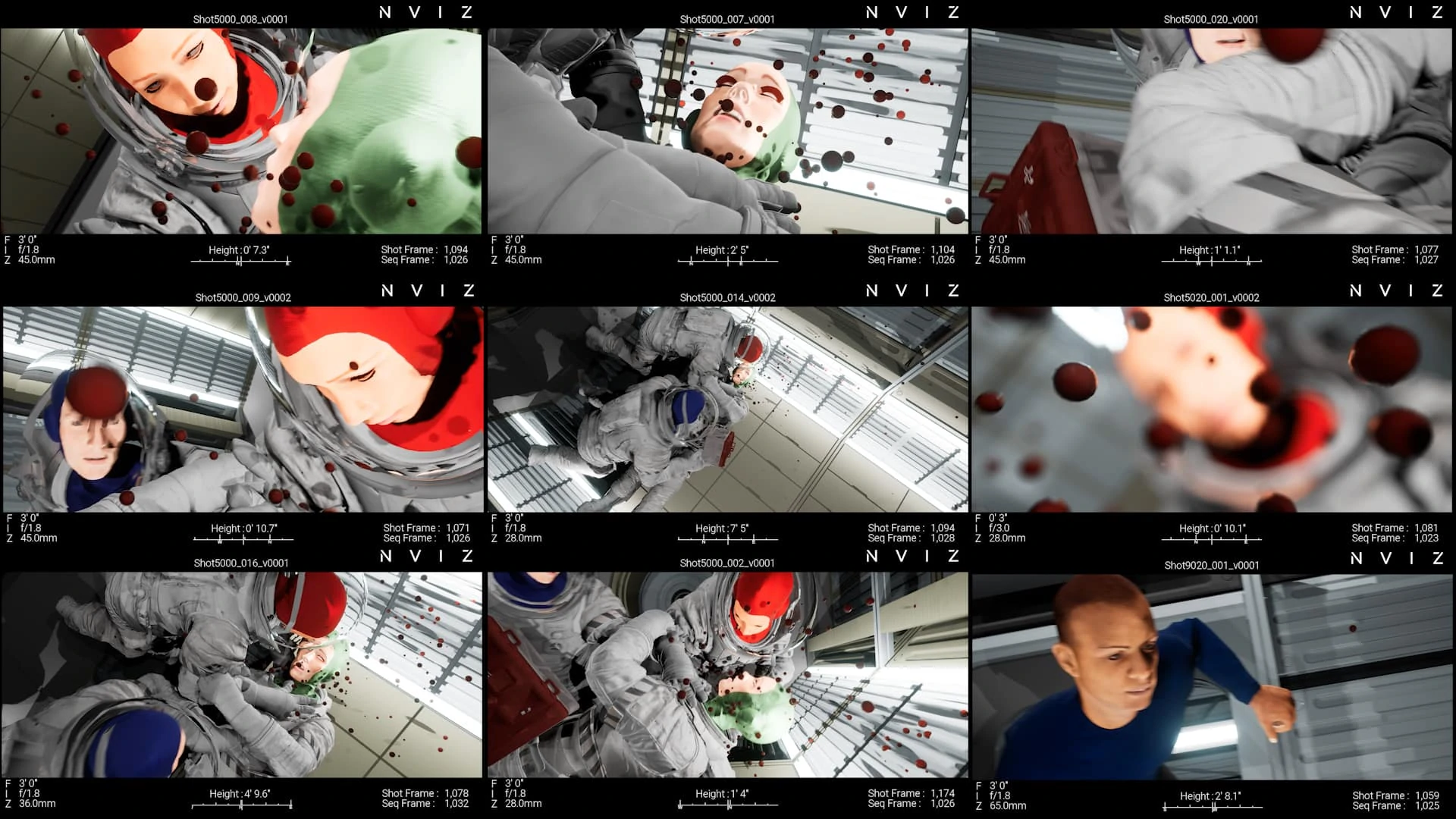
Over approximately 10 sessions, Ruhe planned Maya’s death in a way not previously possible and with the output of ARENA being recorded, ‘digital rushes’ were supplied directly to editorial for cutting in.The team at NVIZ followed a similar process for the space walk. Working with production designer Jim Bissell and VFX art director, Jonathan Opgenhaffen, a fully 3D model of the Aether spaceship was incorporated into the master animation scene for this sequence, allowing Ruhe and Lender to accurately block the path of the crew as they moved across the ship.
The Orangery was not big enough to mark out the full length of the spaceship and so the team temporarily moved to W Stage. Here the set pieces were lined-up to plan and Ruhe walked the length of the spaceship viewing the debris hitting the ship in real time, through ARENA.
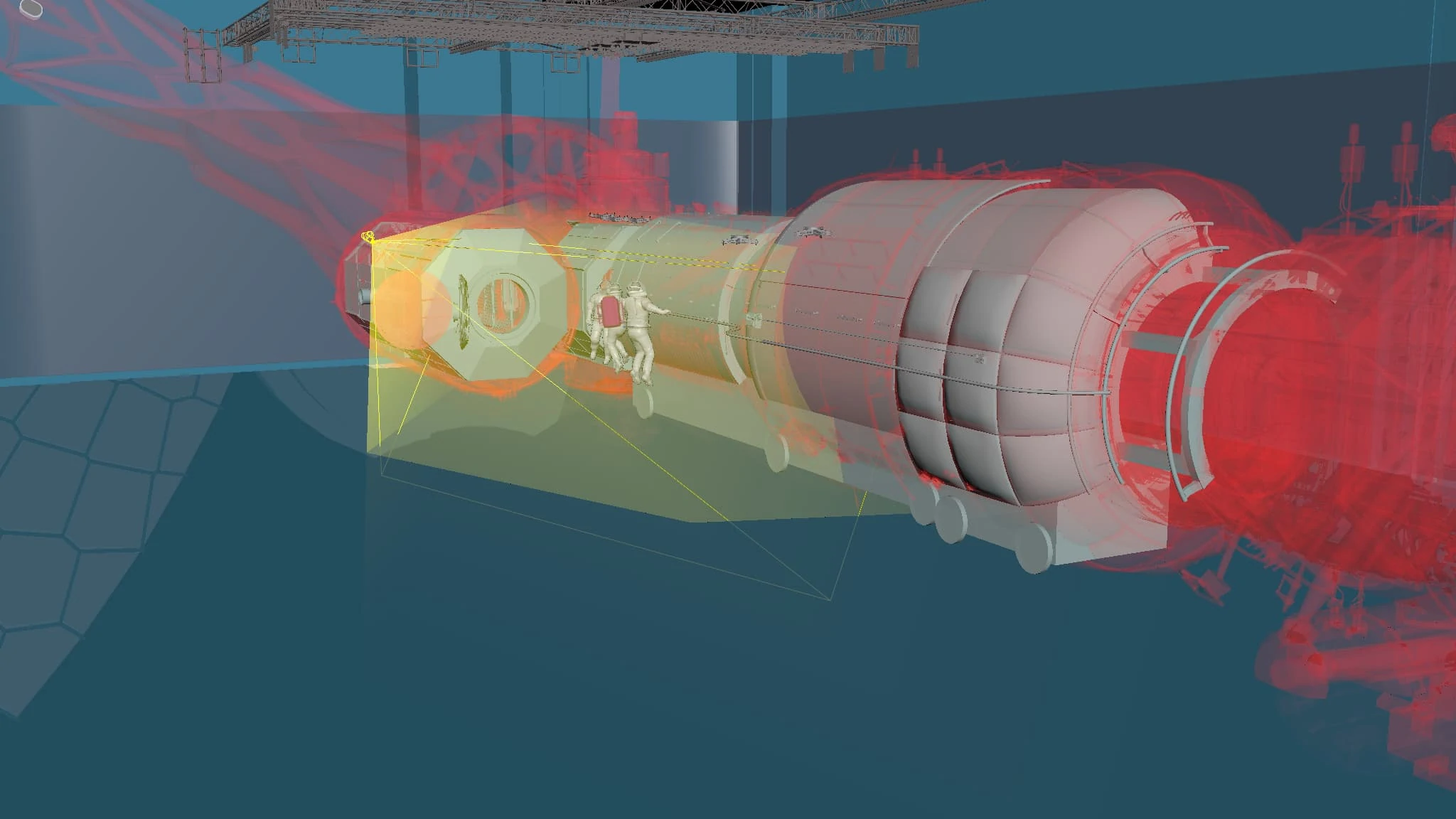
This process allowed the filmmakers to further understand the journey of the crew, and helped establish the timings of the sequences. “During the first ARENA session for this sequence, Clooney took the system and immediately started walking around the space and describing, in amazing detail, the beats of the sequence, shot-by-shot”, said Kasmir, “It was an organic evolving process which helped us to get further, faster. It informed design decisions early on in the process, which fed down throughout the entire production process”.
The main ARENA sessions for the spacewalk took place over 2 ½ weeks, in and around the principal photography in Iceland. These virtual cinematography sessions became a place where all production departments discussed the logistical and technical demands of the live action shoot.
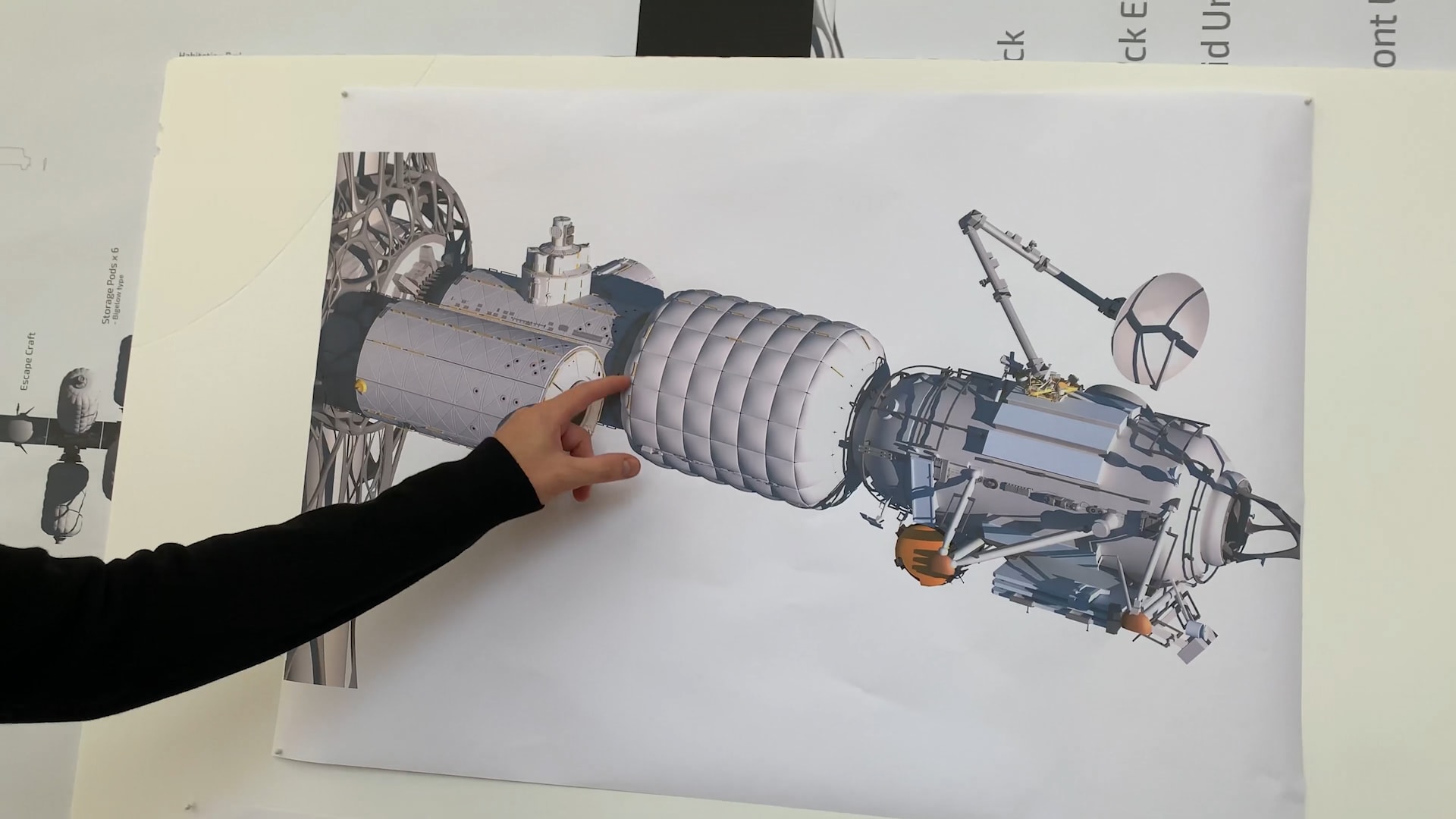
A digital model of the 3D gantry rig (wire rig), on which the actors were to perform, was incorporated into the digital environment and, working with stunt coordinator, Paul Herbert, Lender and his team NVIZ could show where any piece of set-build would block the trajectory of the rig moving the actors.
Part of filmmaking is planning, and as our imagination takes us to new places, new technologies help us to visualise, not only the final process, but the steps we need to take to get us there.
